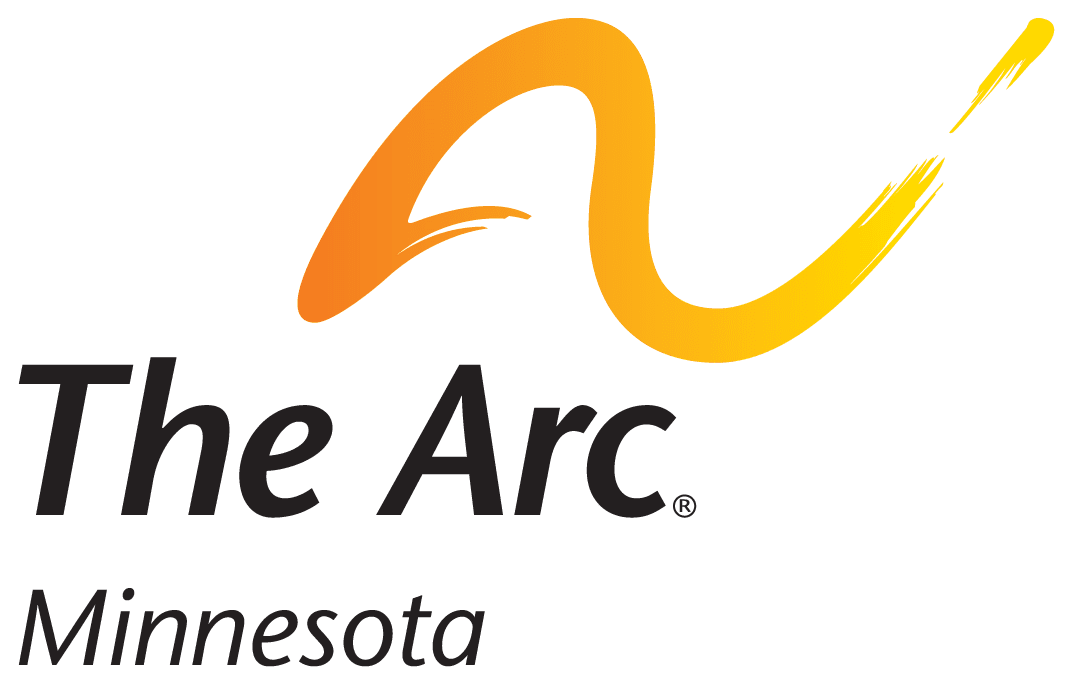Securing skilled, talented and qualified people with disabilities can impact your company’s competitive advantage and workplace morale. Your leadership is crucial to the productivity, enjoyment and overall experience of all employees at your company. By introducing some important concepts into your work culture, you can help ensure a positive experience for all of your employees.
Lead by Example and Encourage People-First Language:
- People-First Language highlights the person, not the disability. By placing the person first, the disability no longer defines the person, but is one of several aspects just like gender or ethnicity. (See guide to People-First Language).
- Discourage and speak out against any bullying, harassing or negative behavior in the workplace.
Team Building:
- Be certain to involve your team member with a disability with staff trainings, team building activities, team meetings and/ or company social events. Encourage interactions between employees with disabilities and their co-workers during staff meetings and trainings incorporating group activities that involve interacting with others. Sometimes people worry about a person with a disability not being able to participate fully in an activity or assume that they would not want to attend which leads to them not being invited.
- When planning meetings, staff training or other events, try to anticipate accommodations for the employee with a disability. If there is a concern about accommodations needed, discuss with the employee with a disability prior to the event. Transportation can create challenges for some people with disabilities who may rely on public transportation. Schedule off-site events near a bus line or in close proximity to the office are ways to support participation by employees with disabilities
The Physical Office Environment:
- Keep hallways and office spaces clear from excess clutter to ensure ease of movement around and access to equipment such as fax machines, copiers and printers.
- Provide accessible restrooms, drinking fountains and telephones. If such facilities are not available, be ready to offer alternatives, such as a private restroom, or a desk phone.
Communication:
Distribute company information, announcements or events through more than one method of communication such as email and a print flyer to include people who may understand information in differing ways.
Provide disability awareness training in your workplace
Hire qualified people with disabilities
